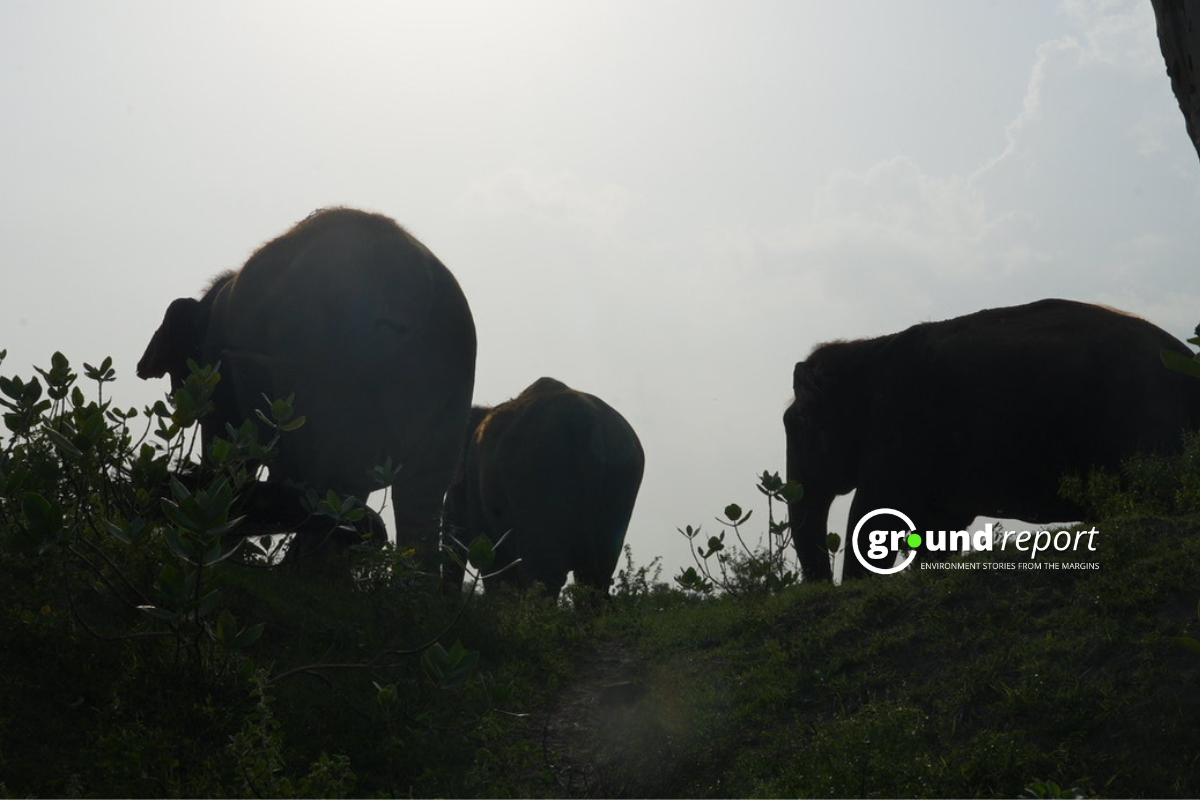The Trump administration has fired over 1,000 scientists from the National Oceanic and Atmospheric Administration (NOAA), responsible for monitoring oceans and climate. Many were working on crucial projects to track marine life, predict storms, and study rising ocean temperatures.
Heather Welch, a NOAA ecologist for nearly a decade, was among those laid off. Her key role was preventing ship collisions with whales along the U.S. West Coast. One day, she received an email telling her she had 90 minutes to pack up and leave.
“It’s devastating,” Welch said. “This work is critical, and now it’s stopping.”
NOAA already struggling
NOAA was short-staffed before Trump’s cuts, and now things are getting worse. Welch’s team provided climate data to fisheries, helping them avoid harming sea life while maximising their catch. Now, much of that work will have to be scaled back or stopped.
Scientists caution that the timing of these cuts couldn’t be more dire. Global ocean temperatures have broken records for 450 days, leading to stronger hurricanes, rising sea levels, and mass marine life deaths. Coral reefs are dying, and a key ocean current system is showing signs of collapse.
NOAA plays a massive role in tracking changes. The agency’s satellites, research vessels, and robotic buoys help predict weather patterns, tides, and long-term climate shifts. Their data is used by businesses, scientists, and farmers to plan for the future.
Without enough experts, the accuracy of these forecasts could drop. “If we don’t get accurate hurricane predictions, more people will be in danger,” said Sarah Cooley, NOAA’s former ocean acidification program head.
Layoffs could impact public health. Climate change is increasing bacteria in ocean water, leading to deadly infections. Without NOAA’s monitoring, coastal residents could face higher risks.
A global setback
NOAA’s work is crucial for international climate research. The agency helps track El Niño and La Niña, weather patterns that affect U.S. rainfall and global food supplies. Other countries, like Peru and Japan, study these patterns too, but the U.S. plays a leading role.
Now, scientists worry these cuts will set back global research. “This isn’t just bad for America—it’s bad for the world,” said Tom Di Liberto, a climate scientist who was also laid off.
The layoffs are a major blow to the next generation of ocean scientists. Many young researchers were among those fired, wiping out years of talent development.
“It’s heartbreaking,” said Allison Cluett, a former NOAA scientist who studied Pacific Ocean changes to help fisheries. “The next generation of experts was erased.”
Countries like China are heavily investing in ocean research. Douglas McCauley, an ocean science professor at UC Santa Barbara, warns that the U.S. is falling behind. “Data is power,” he said. “And we’re giving that power away.”
The full consequences of these cuts may take years to become clear. But with rising climate disasters, experts fear we may see the impact sooner.
Support us to keep independent environmental journalism alive in India.
Keep Reading
California Fires Live updates: destructive wildfires in history
Hollywood Hills burning video is fake and AI generated
Devastating wildfire in California: wind, dry conditions to blame?
Los Angeles Cracks Under Water Pressure
From tourist paradise to waste wasteland: Sindh River Cry for help
Follow Ground Report on X, Instagram and Facebook for environmental and underreported stories from the margins. Give us feedback on our email id greport2018@gmail.com.
Don’t forget to Subscribe to our weekly newsletter, Join our community on WhatsApp, and Follow our YouTube Channel






